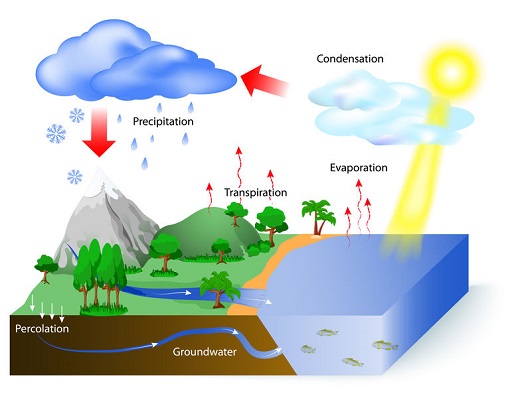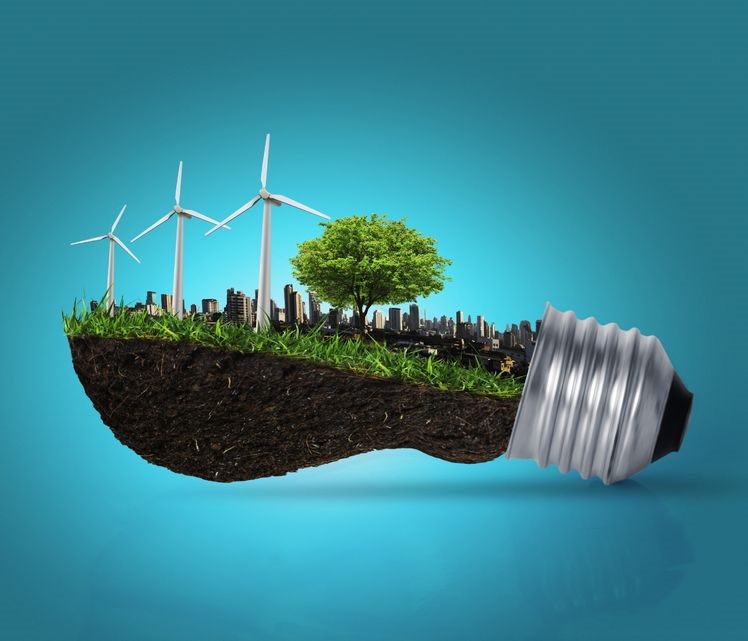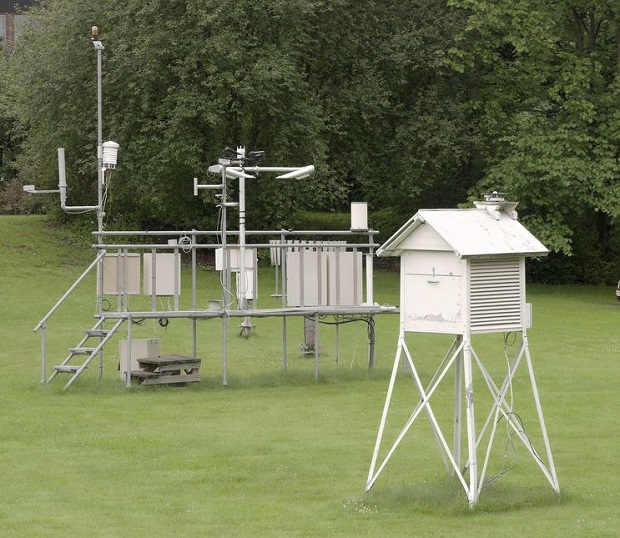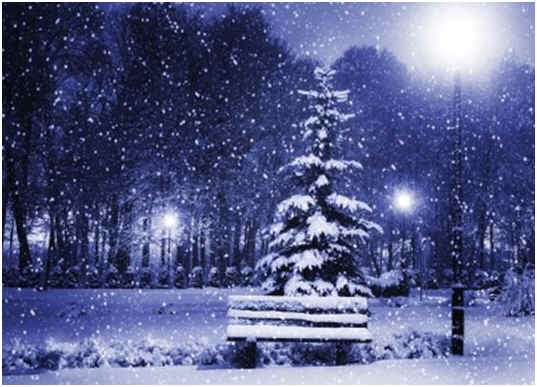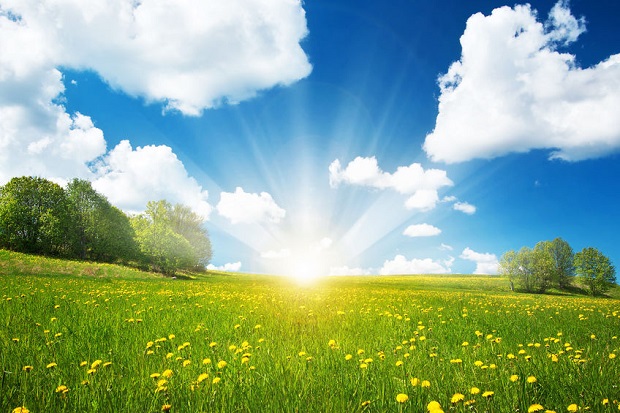
Are Clouds Gas or Liquid?
Clouds are liquid, solid, and gas. Clouds comprise millions of tiny droplets of water (liquid), all mixed up with particles of dust (solid) and various gases such as carbon dioxide and nitrogen. The cloud’s essential component, water, can also be found in all three states; in addition to liquid water droplets, clouds contain water in its gaseous form, called water vapor, and in cold weather, they can freeze into solids.
Jump Ahead
- How Do Clouds Form?
- How Do Clouds Float?
- The Cloud Returns to a Liquid State
- Glossary of Terms
- Expert Opinion
- Resources
How Do Clouds Form?
Clouds are formed when evaporation pulls water into the air, creating the gaseous form of water called water vapor. When the air becomes saturated, water vapor condenses into liquid water droplets. However, it takes more than gaseous water vapor and liquid water droplets to form a cloud. These water droplets require condensation nuclei, such as dust, pollen, or smoke, to condense upon. Millions of water droplets collide and gather to form a cloud. [1]
Clouds are a combination of water droplets and condensation nuclei.
How Do Clouds Float?

Since water is heavier than air, how do clouds remain suspended in the air? Most of the water droplets in a cloud are too small to have appreciable fall velocity, making them light enough to float in the air. Water vapor, which is continually colliding with additional water vapor and condensation nuclei to form a cloud, will ultimately grow heavier than the surrounding air and begin to fall. Updrafts contribute to the cloud mass remaining suspended in the air by offsetting the cloud particles’ fall velocities. [2]
The Cloud Returns to a Liquid State

Although they are made up of millions of particles small enough to float in the air, they do slowly fall. Ultimately, the water droplets within a cloud will grow large enough for the law of gravity to prevail. As the falling droplets of water reach warmer air, they will evaporate back into water vapor to be carried into the air, and the process will repeat. That’s what you’re actually seeing when you watch clouds reforming and changing shape. If the droplets are too big to evaporate before hitting the ground, they become raindrops. Rain is actually tiny bits of the cloud itself falling to earth. [3]
So, clouds are actually made up of water in two or three states, along with other gases and solid particles. However, they are mostly liquid water, and water in its gaseous (water vapor) and solid (ice) forms.
Glossary of Terms

Condensation nuclei: tiny suspended particles, either solid or liquid, upon which water vapor condensation begins in the atmosphere.
Britannica.com
Fall
velocity: Velocity at which a particle being transported by wind or water
falls out of the moving medium. This velocity is dependent on the size of the
particle.
Geography-Dictionary.com
Water Vapor: Water in a gaseous state, especially when diffused as a vapor in the atmosphere and at a temperature below boiling point.
American Heritage Dictionary
Expert Opinion

Clouds, snow, and rain are all made of up of some form of water. A cloud is comprised of tiny water droplets and/or ice crystals, a snowflake is an aggregate of many ice crystals, and rain is just liquid water.
The States of Water University of Illinois
Resources
- [1] NASA – “How Do Clouds Form?”
- [2] Scientific American – “Why Do Clouds Float When They Have Tons of Water in Them?“
- [3] The National Weather Service – “Clouds – How Do They Form?”
